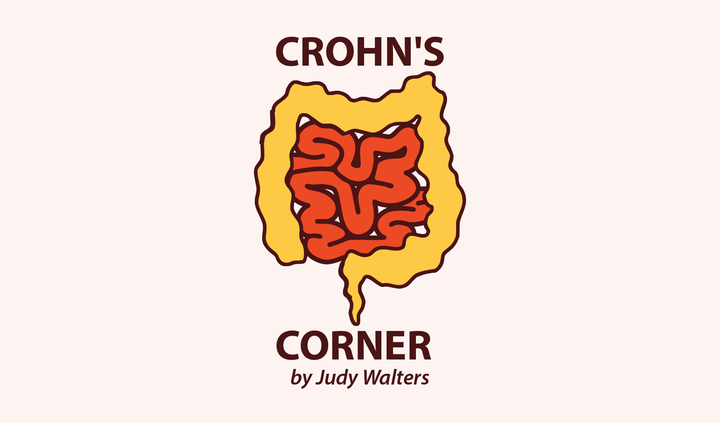
I read a book last week — just some light fiction that I tend to enjoy — and for the first time ever, at least for me, there was a minor character in it who has Crohn’s disease. Though all of the facts weren’t perfect, I thought the author did a good job of showing what Crohn’s is and what it can look like.
I’m a novelist and I like to write about health issues that affect the entire family. I’m sure it’s no coincidence that I chose that type of novel to write, given my own history with Crohn’s disease. But I’ve never written about Crohn’sitself. Topics I’ve taken on include autism and infertility.
But last year, I decided to tackle someone living with a chronic illness, and I still did not choose Crohn’s. Instead, I chose multiple sclerosis, but the rest of the story was familiar to me. The main character was about my age and she worked at a career I have thought of for myself. She had two daughters like me. Like mine, one was a young adult and one was a teenager.
People asked me why I didn’t just write about Crohn’s. My immediate and standard answer was that I didn’t think readers would want to read about someone running to the bathroom 20 times a day. People were satisfied with that answer, but I wasn’t. For one thing, Crohn’s is so much more than running to the bathroom 20 times a day. And, actually, unless I’m in a major flare, that doesn’t happen for me. Also, I knew I wasn’t really answering the question honestly.
I mean, sure, I don’t think people would like to read about the messy part of Crohn’s — the bathroom trips, the throwing up, and all of those gut issues people tend not to like to talk about. But it’s more than that. For one thing, Crohn’s is hard to explain. And it comes to each patient a little differently.
For me, Crohn’s is not only in my colon, but also in my stomach. The Crohn’s in my stomach, which is exceedingly rare, causes the most pain, and I need Percocet to get me through. I also have exhaustion, weakness, at times, a lack of appetite, nausea, and osteoporosis from all of the prednisone I’ve consumed, to name a few symptoms. How do you put that all into a character in a book and make it clear and satisfying?
When I chose to write about MS, I chose a disease people are far more familiar with. I chose to write about something readers would feel comfortable with. I didn’t think that would happen with Crohn’s.
But then I read this novel last week and was so happy with the minor character and the way the illness was portrayed. It made me think that someday I will write about a character with Crohn’s disease — just not right now.
***
Note: IBD News Today is strictly a news and information website about the disease. It does not provide medical advice, diagnosis, or treatment. This content is not intended to be a substitute for professional medical advice, diagnosis, or treatment. Always seek the advice of your physician or other qualified health provider with any questions you may have regarding a medical condition. Never disregard professional medical advice or delay in seeking it because of something you have read on this website. The opinions expressed in this column are not those of IBD News Today, or its parent company, BioNews Services, and are intended to spark discussion about issues pertaining to IBD.


So are you going to tell us what the book is?
What’s the name of the book?????
Close Enough to Touch, by Colleen Oakley
Infinite Jest also has a character with Crohn’s